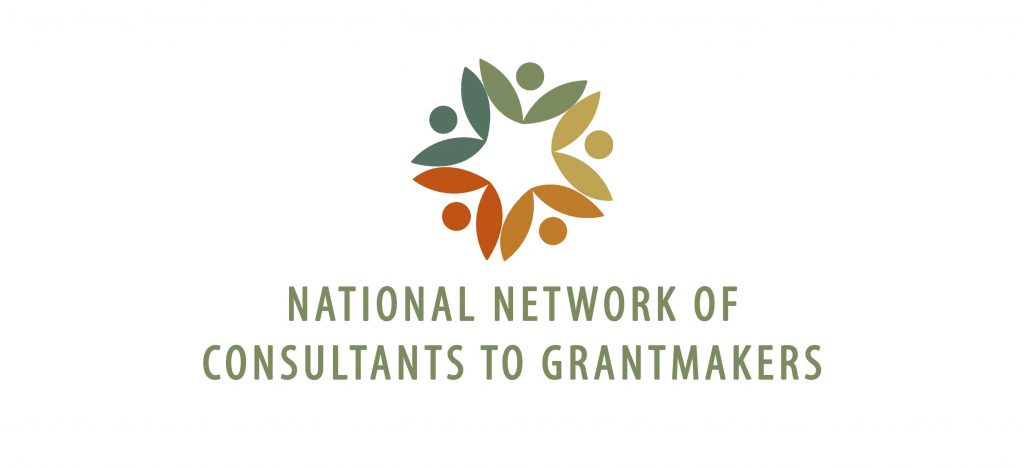This profile appears in our paper Disability Inclusion in Philanthropy.
When she was diagnosed with multiple sclerosis in 2008, Nakia J. Green says she expected her life to be “turned upside down.” Still, she continued to pursue a corporate career and a graduate degree in leadership, moving into increasingly demanding positions in the telecommunications and finance industries.
“My teams were excelling. My customers were engaged. My co-workers were supported, and I had a reputation for developing leaders,” she recalls. “But the success I worked so tirelessly to achieve came at a cost to my body. Each year my MS would flare up, I would be hospitalized, and it would take months to recover.”
Her colleagues knew what she was up against, and they worked together to maintain momentum during Green’s absences. Also absent, however, was any awareness or support from organizational leadership. Each step of the way, she recalls, “I ultimately crashed into a glass ceiling. And I came to realize that it was not because I am Black, or because I am a woman. It was because I am disabled.”
For Green, a member of NNCG’s Disability Inclusion Working Group, that clarity brought about a profound shift in focus and was the impetus to commit her established skills toward transformational change on the individual and organizational levels. Four years ago, she founded Nakia J Consulting Inc., a firm that specializes in working with organizations around leadership and organizational development and DEI implementation. She is also the founder of Culture Solutions and the nonprofit Culture Solutions In Action, organizations aimed at reducing unemployment and underemployment among college graduates who identify as people of color and people with disabilities.
As Green sees it, her life wasn’t “turned upside down” by MS. Instead, it “was strategically placed on the path toward disability justice.”
Among the identities represented under the DEI umbrella, Green came to discover, “disability is near, if not at, the bottom” when it comes to awareness, resources, and outreach. “This reality has directly informed what I do as a consultant, and how I do it,” she says. “When I speak of disability in DEI spaces, I use the word ‘justice’ intentionally.”
She observes that when organizations are looking for DEI support, “it is typically at that moment when they realize they have issues regarding race, gender, or the LGBTQIA+ community. It is my job, as the consultant, to ensure that disability is also a part of the work; to educate leaders and bring disability inclusion to the forefront.”
Green wants foundations to recognize their power to lead the way in shifting the organizational approach to DEI to one that centers disability inclusion. She suggests grantmakers create learning tools to educate their grantees about disability inclusion and build accountability into grantmaking to ensure disability inclusion and outreach efforts are prioritized. Green also encourages foundations to provide platforms for organizations that do disability inclusion work. “Be intentional in your outreach to smaller organizations,” she says.
The work of guiding this new approach also extends to the community of consultants, she emphasizes. “It is our responsibility as consultants to become educated on the topic and enact change—even when we are not asked to do so,” Green argues. “This is where to begin as we take up the mantle of disability justice.”
She also encourages every consultant to “look at this work through their personal lens. My personal experience identifying as a Black woman with a disability creates a very different lens,” she observes. “Having seen disability as very white, my knowledge of the disability movement and its roots in the civil rights movement has informed my view of myself and others as a part of those movements. Where I used to equate disability only to accessibility, my knowledge of the Americans with Disability Act has also informed my imagination to see myself as a person with a disability.
“Every time I facilitate a training, lead a conversation, or sit on a panel, I make a point to reference the ADA,” Green says. “It gives disability a breadth and depth beyond the anecdotal.”
[An examination of “The ADA and Models of Equality” for the Disability Rights Education & Defense Fund argues that the act’s approach fails to recognize that “the ‘same’ treatment can perpetuate exclusion, discrimination, and inequality” for those with disabilities.]
The range of experience the ADA identifies—learning disabilities, deafness, blindness and low vision, depression, alcoholism, cancer, MS, and post-traumatic stress disorder among them— underscores the diversity within the disability community. “How would the lives of those within an organization we support as consultants be different if we led with this full scope?” she asks. “In changing the narrative of disability and deepening our understanding of who needs access to resources and support, we must be bold.”

